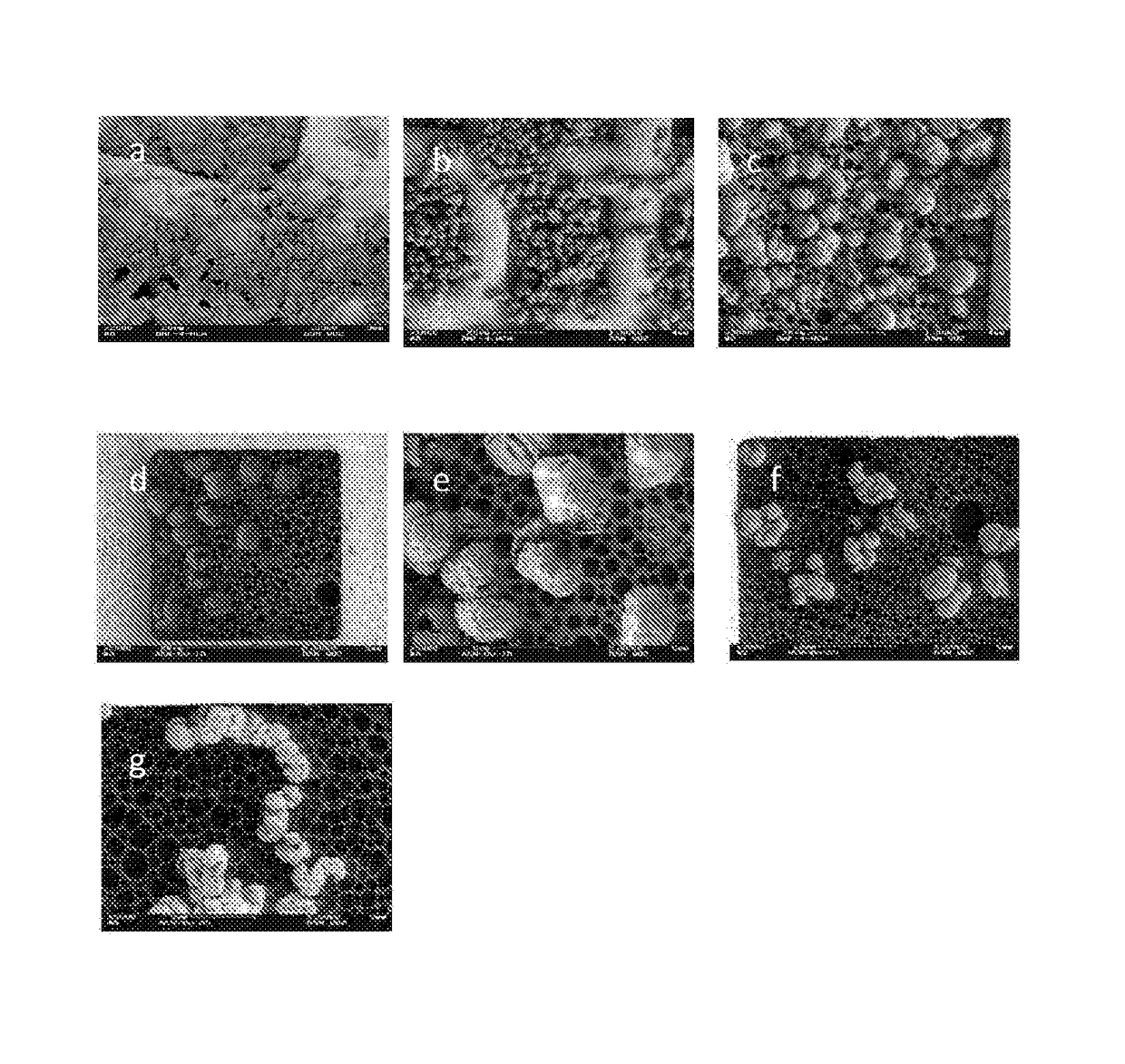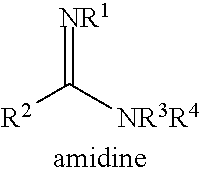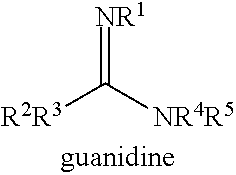Method for preparing glycolide polyester by ring opening polymerization
a polymerization and polymerization technology, applied in the field of preparing glycolide polyester by ring opening polymerization, can solve the problems of difficult to prepare polyglycolide in this way, limit applications, and difficult to handle applications, so as to achieve easy separation, reduce energy consumption, and affect the average particle size of the resulting glycolide polyester.
- Summary
- Abstract
- Description
- Claims
- Application Information
AI Technical Summary
Benefits of technology
Problems solved by technology
Method used
Image
Examples
example 1
Solubility Tests
[0087]A solvent which could be used in the ring opening polymerization should meet criteria: i) the solvent should be good enough to dissolve all starting materials including monomer (glycolide), co-monomer, initiator, catalyst and dispersion stabilizer, and ii) it should not dissolve resulting polymer (homopolyglycolide and co-polymers). Table 1 discloses the results of the solubility tests. Overall, ACN was the most suitable solvent, and toluene the least suitable.
[0088]
TABLE 1Test of solubility of the starting materials and homopolyglycolide inorganic solvents.CompoundCH2Cl2TolueneTHFDMSODMFACNGlycolideCbadCBBAPy (Initiator)B—BBBAPVP (stabilizer)B—BBBATBDC—CBBA(Catalyst)PolyglycolideC—CCCCA = good;B = acceptable;C = poor solubility;— = not tested
example 2
[0089]Glycolide (0.25 g), acetonitrile (0.75 g) and 1-butanol (2 μl) were mixed in a round bottom flask equipped with a Teflon covered magnetic stir bar. Three similar experiments were done by addition of TBD (3 μg) and the reaction was allowed to proceed for 10 s, 20 s and 30 s at room temperature. The yields were 69%, 83%, and 97%. This emphasizes the speed of the polymerization at ambient conditions.
example 3
[0090]Glycolide (0.5 g) was dissolved in acetonitrile (1.5 g) in a round bottom flask equipped with a Teflon covered magnetic stir bar. 1-butanol (4 μl) and DBU (32 μl) were added. The reaction was allowed to proceed for 120 min at room temperature. The yield was 98%.
PUM
| Property | Measurement | Unit |
|---|---|---|
| reaction time | aaaaa | aaaaa |
| temperature | aaaaa | aaaaa |
| pressure | aaaaa | aaaaa |
Abstract
Description
Claims
Application Information
 Login to View More
Login to View More - R&D
- Intellectual Property
- Life Sciences
- Materials
- Tech Scout
- Unparalleled Data Quality
- Higher Quality Content
- 60% Fewer Hallucinations
Browse by: Latest US Patents, China's latest patents, Technical Efficacy Thesaurus, Application Domain, Technology Topic, Popular Technical Reports.
© 2025 PatSnap. All rights reserved.Legal|Privacy policy|Modern Slavery Act Transparency Statement|Sitemap|About US| Contact US: help@patsnap.com



